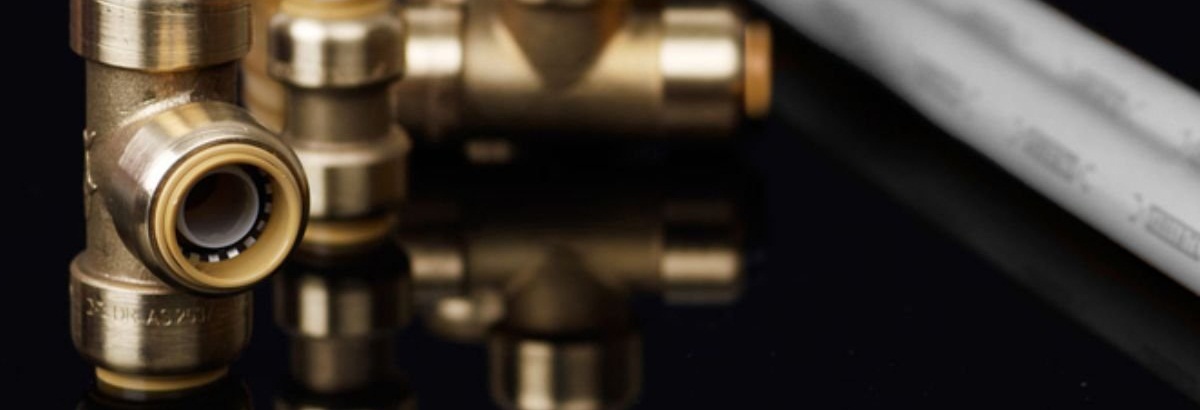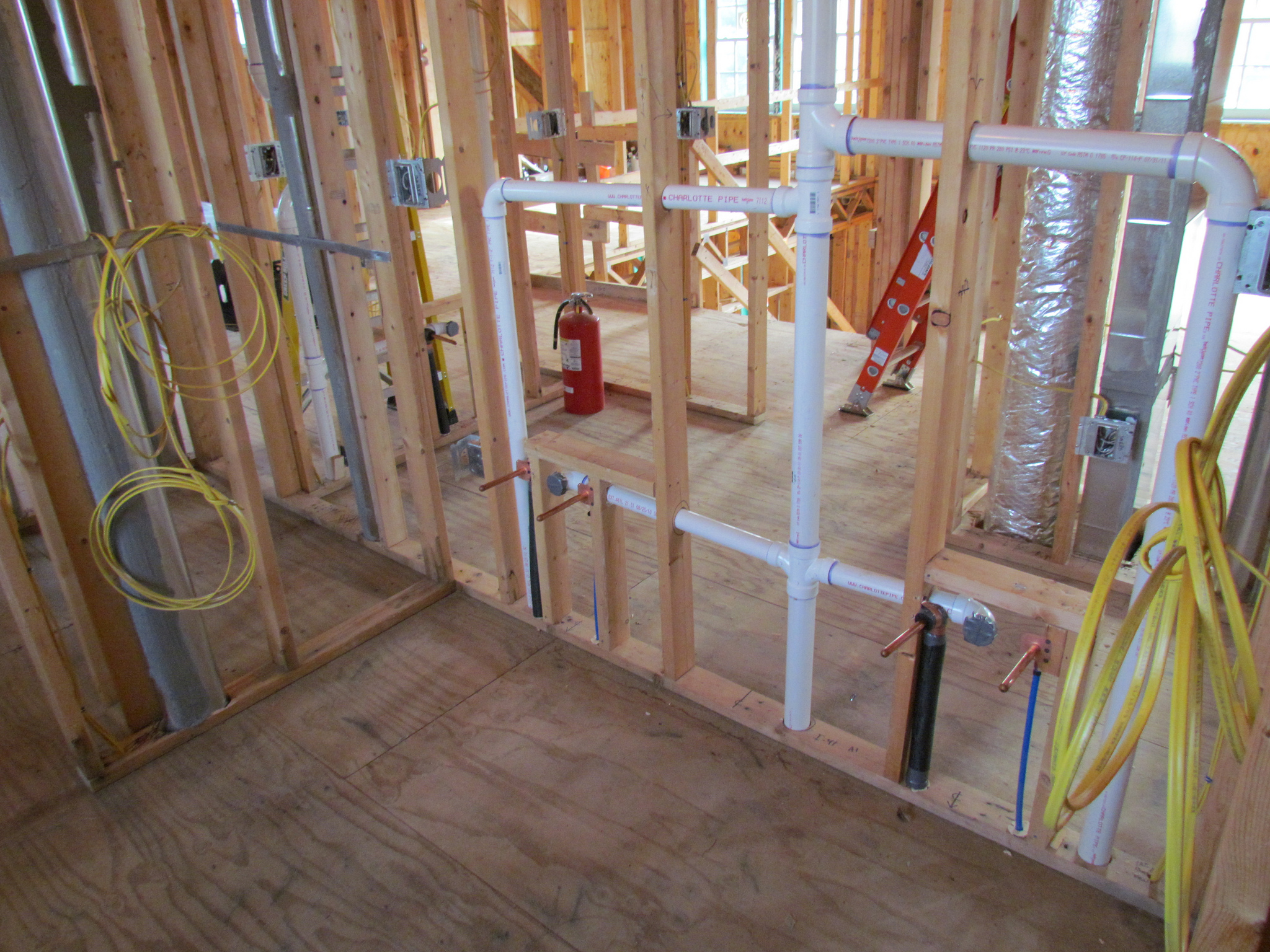Why Your House's Plumbing System Works: Structure
Why Your House's Plumbing System Works: Structure
Blog Article
Each person is bound to have their own individual concepts about Plumbing Installation 101: All You Need to Know.

Recognizing exactly how your home's pipes system works is necessary for every single property owner. From supplying clean water for alcohol consumption, cooking, and bathing to securely removing wastewater, a properly maintained pipes system is essential for your family members's health and comfort. In this detailed guide, we'll explore the complex network that makes up your home's plumbing and deal tips on maintenance, upgrades, and taking care of usual issues.
Introduction
Your home's plumbing system is more than simply a network of pipelines; it's an intricate system that guarantees you have access to tidy water and reliable wastewater removal. Understanding its elements and just how they work together can assist you stop pricey fixings and make certain every little thing runs efficiently.
Standard Components of a Plumbing System
Pipelines and Tubes
At the heart of your pipes system are the pipes and tubes that bring water throughout your home. These can be constructed from numerous products such as copper, PVC, or PEX, each with its advantages in terms of longevity and cost-effectiveness.
Fixtures: Sinks, Toilets, Showers, etc.
Fixtures like sinks, bathrooms, showers, and tubs are where water is utilized in your home. Comprehending exactly how these components attach to the pipes system assists in detecting troubles and intending upgrades.
Shutoffs and Shut-off Factors
Valves control the flow of water in your plumbing system. Shut-off shutoffs are crucial throughout emergency situations or when you need to make repairs, allowing you to separate parts of the system without interfering with water circulation to the whole home.
Water System System
Main Water Line
The main water line connects your home to the municipal water or an exclusive well. It's where water enters your home and is dispersed to different components.
Water Meter and Stress Regulatory Authority
The water meter measures your water use, while a stress regulator ensures that water flows at a secure stress throughout your home's pipes system, avoiding damages to pipelines and fixtures.
Cold Water vs. Hot Water Lines
Recognizing the difference in between cold water lines, which provide water directly from the major, and hot water lines, which lug heated water from the water heater, aids in repairing and preparing for upgrades.
Drainage System
Drain Pipes Water Lines and Traps
Drain pipes carry wastewater far from sinks, showers, and bathrooms to the sewer or septic system. Traps protect against sewer gases from entering your home and also catch debris that could cause obstructions.
Ventilation Pipelines
Air flow pipes permit air into the water drainage system, stopping suction that could reduce drain and trigger traps to vacant. Appropriate air flow is vital for keeping the stability of your pipes system.
Significance of Appropriate Drainage
Guaranteeing proper drain protects against backups and water damage. On a regular basis cleaning up drains pipes and maintaining catches can prevent pricey repairs and extend the life of your pipes system.
Water Furnace
Kinds Of Hot Water Heater
Water heaters can be tankless or typical tank-style. Tankless heaters heat water on demand, while tanks keep warmed water for immediate use.
How Water Heaters Link to the Plumbing System
Comprehending how water heaters link to both the cold water supply and warm water circulation lines aids in detecting concerns like inadequate hot water or leaks.
Maintenance Tips for Water Heaters
On a regular basis flushing your water heater to remove sediment, inspecting the temperature settings, and checking for leakages can extend its lifespan and improve energy effectiveness.
Typical Plumbing Concerns
Leaks and Their Causes
Leakages can occur due to maturing pipelines, loosened installations, or high water stress. Resolving leakages promptly prevents water damage and mold and mildew development.
Obstructions and Obstructions
Blockages in drains pipes and bathrooms are usually caused by purging non-flushable things or a build-up of oil and hair. Using drain screens and bearing in mind what drops your drains pipes can stop obstructions.
Indicators of Plumbing Problems to Watch For
Low tide stress, sluggish drains, foul odors, or unusually high water costs are indications of possible pipes issues that ought to be addressed without delay.
Pipes Upkeep Tips
Routine Evaluations and Checks
Arrange yearly pipes assessments to catch problems early. Try to find indications of leaks, corrosion, or mineral buildup in taps and showerheads.
Do It Yourself Maintenance Tasks
Straightforward jobs like cleansing tap aerators, looking for commode leaks using dye tablet computers, or shielding subjected pipes in cool environments can prevent significant plumbing issues.
When to Call a Professional Plumbing Professional
Know when a pipes issue needs expert proficiency. Trying complex fixings without appropriate knowledge can cause even more damage and higher repair expenses.
Upgrading Your Pipes System
Reasons for Updating
Upgrading to water-efficient fixtures or changing old pipes can enhance water quality, minimize water expenses, and raise the value of your home.
Modern Plumbing Technologies and Their Advantages
Discover innovations like smart leak detectors, water-saving commodes, and energy-efficient hot water heater that can save cash and minimize environmental influence.
Cost Factors To Consider and ROI
Determine the ahead of time costs versus lasting cost savings when taking into consideration pipes upgrades. Numerous upgrades pay for themselves via reduced energy expenses and fewer repairs.
Environmental Influence and Conservation
Water-Saving Fixtures and Home Appliances
Mounting low-flow faucets, showerheads, and toilets can dramatically reduce water use without sacrificing performance.
Tips for Decreasing Water Usage
Straightforward practices like dealing with leaks without delay, taking shorter showers, and running complete loads of laundry and dishes can save water and reduced your utility costs.
Eco-Friendly Pipes Options
Think about lasting pipes materials like bamboo for floor covering, which is durable and environmentally friendly, or recycled glass for kitchen counters.
Emergency Readiness
Actions to Take During a Pipes Emergency situation
Know where your shut-off valves are located and exactly how to turn off the water system in case of a burst pipe or significant leakage.
Importance of Having Emergency Get In Touches With Useful
Maintain call info for regional plumbing professionals or emergency services readily available for fast reaction during a plumbing dilemma.
Do It Yourself Emergency Situation Fixes (When Relevant).
Temporary fixes like making use of duct tape to patch a leaking pipe or positioning a pail under a trickling tap can lessen damages until a professional plumbing arrives.
Conclusion.
Understanding the makeup of your home's pipes system empowers you to maintain it effectively, saving time and money on repair work. By complying with normal upkeep regimens and staying educated about modern plumbing modern technologies, you can guarantee your plumbing system operates effectively for several years ahead.
Exploring Your Homes Plumbing Anatomy
Water Supply System
Main Water Line: This is where water enters your home from the municipal supply or a private well.
Water Meter: Typically located near where the main water line enters the property, it measures the amount of water used.
Shutoff Valve: It s crucial to know where this is in case of emergencies. It allows you to turn off the water supply to the entire house.
Pipes and Fittings: These distribute water throughout your home. Materials can include copper, PVC, or PEX.
Drain-Waste-Vent (DWV) System
Drains: Located in sinks, showers, and tubs, these carry wastewater away.
Traps: U-shaped pipes under sinks that hold standing water, blocking sewer gases from entering the home.
Vents: Pipes that lead from the DWV system to the outside, preventing vacuum formation and allowing gases to escape.
Sewer Line: Carries all wastewater from the home to the municipal sewer system or a septic tank.
Fixtures and Appliances
Sinks, Toilets, and Showers
Dishwashers and Washing Machines
Water Heaters
Maintenance Tips
Regularly check for leaks in exposed pipes and around fixtures.
Inspect the water heater annually for signs of wear.
Clean drains and traps to prevent clogs and odors.
Know how to shut off water to individual fixtures.
When to Call a Professional
Major leaks or burst pipes
Installation of new pipes or fixtures
Septic tank issues
Remodeling projects that involve plumbing changes
Conclusion
Understanding the anatomy of your home's plumbing is key to maintaining a functional and efficient system. Regular checks and knowing when to call in the experts can save you time, money, and stress.
https://www.mavyn.com/blog/exploring-your-homes-plumbing-anatomy

Exploring Your Homes Plumbing Anatomy
Water Supply System
Drain-Waste-Vent (DWV) System
Fixtures and Appliances
Maintenance Tips
When to Call a Professional
Conclusion
Understanding the anatomy of your home's plumbing is key to maintaining a functional and efficient system. Regular checks and knowing when to call in the experts can save you time, money, and stress.
https://www.mavyn.com/blog/exploring-your-homes-plumbing-anatomy
We were shown that editorial on Plumbing Installation 101: All You Need to Know from a good friend on a different web page. Remember to pause to promote this post if you enjoyed it. Kudos for your time. Return soon.
Set Up An Appointment Report this page